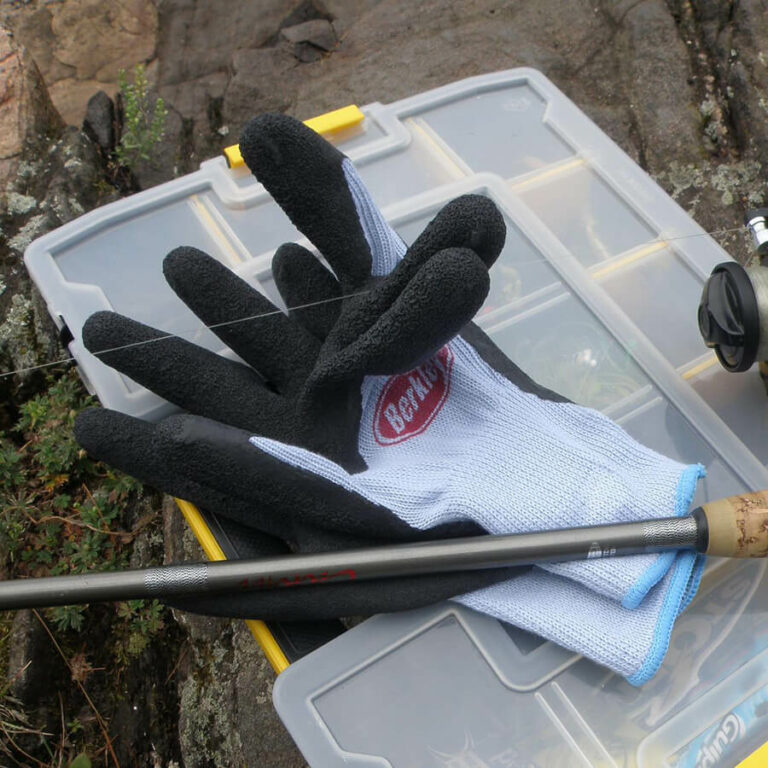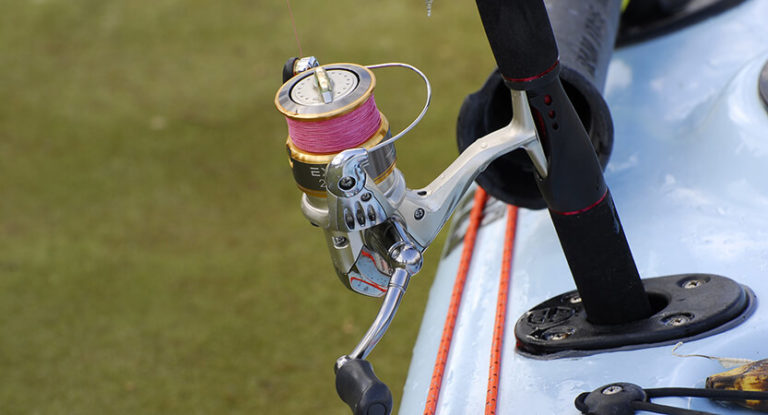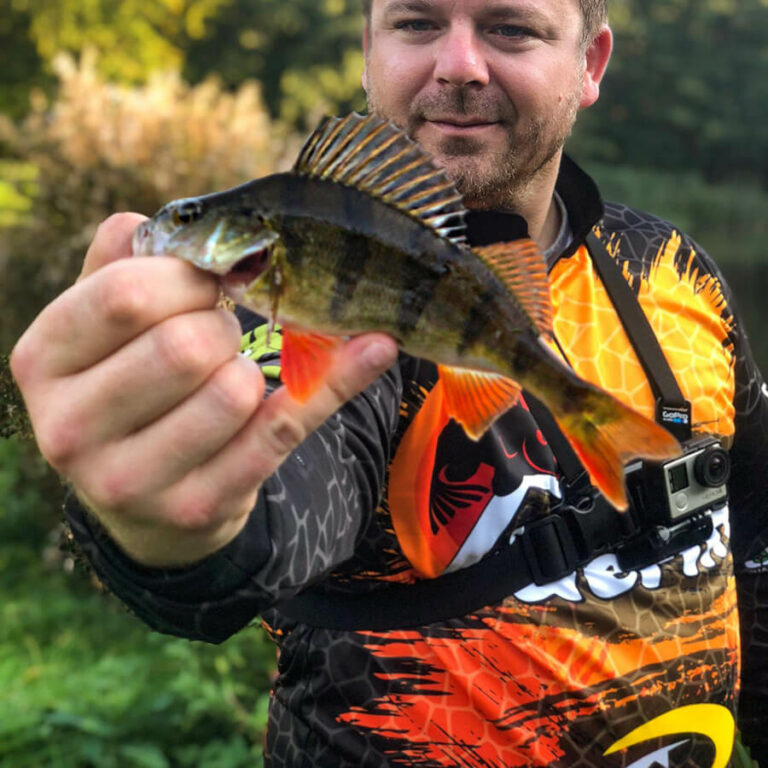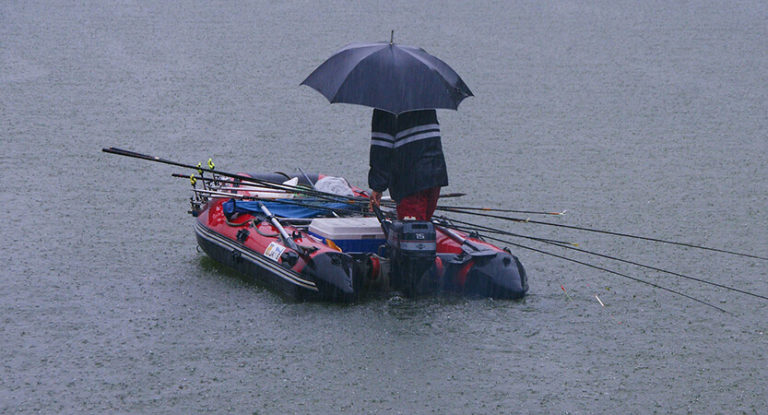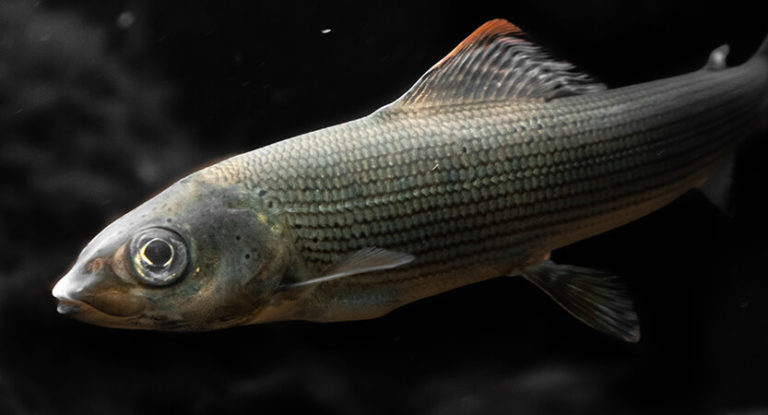The former fishermen were forced to show miracles of ingenuity: even high-quality Japanese fishing line was difficult to get at that time, not to mention rods and other equipment. I had to invent and make all kinds of fishing “joys” with my own hands and invent special techniques. It was then that the adherents of bottom fishing came up with a spring feeder with a kind of equipment. The find turned out to be so effective that it has not been abandoned to this day.
Nowadays it is not at all necessary to reinvent the wheel (in our case, the spring). The industry is sensitive to the aspirations of anglers and offers them all kinds of equipment in a “ready-to-use” form. All that remains is to acquire the elements of equipment, assemble them into a single whole, master the primary basics of fishing – and you can successfully get solid trophies. The spring is one of the most budgetary and easy-to-use tackles, with a reasonable approach, distinguished by premium performance.
Here is an overview of the content of this tutorial, feel free to jump to any section you care about:
For more fishing instructions, take a look at these popular Trizily links: Best Spinning Rods, Best Fly Fishing Reels.
- How To Detect Fish Bites
- Fishing Techniques- All You Need To Know
- Secrets Of Successful Fishing- Tips and Tricks
Description and principle of the tackle
A spring is a tackle-feeder, which is a structure of spring coils with a central rod or a cylindrical tube (there is no central axis in some designs). The coils are located at a precisely calibrated distance from each other so that the food of the plasticine consistency does not wash out too quickly.
Leashes with hooks are mounted directly on the stern or on the undergrowth near it. Hooks can be equipped with attachments of plant or animal origin, but foam balls attached to the stings also work great, especially when hunting for crucian carp or carp. The whole structure (sometimes together with leashes) is covered with food and thrown at the fishing point.
The food gradually dissolves, forming a cloud of nutrient turbidity, and the hooks are released. Carp, and crucian carp usually just suck in this substance, and along with it the hooks. But sometimes the fish takes the bait on purpose, especially if it is a large roach, bream or grass carp.
Pros and cons of springs
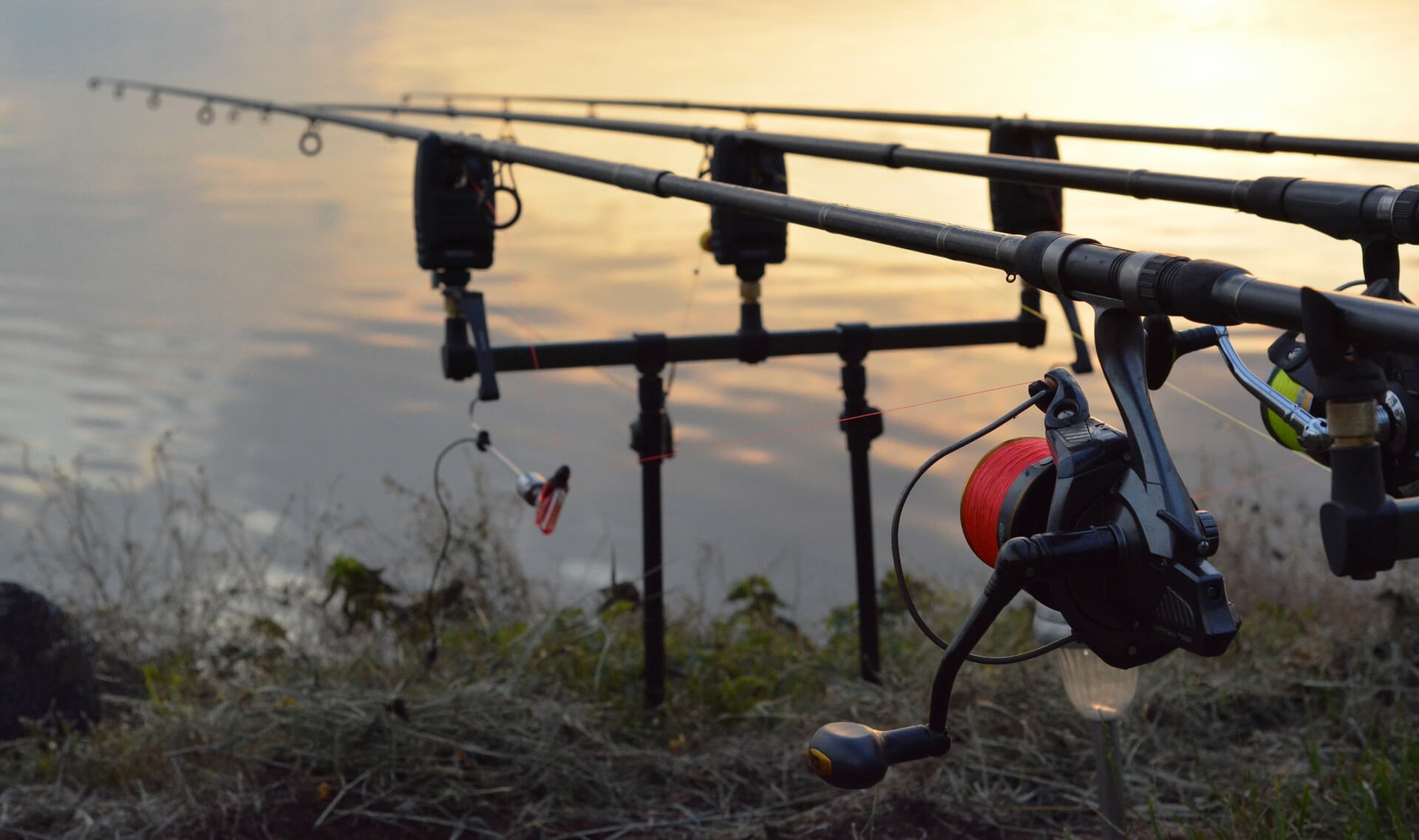
This tackle has many advantages. Among the main advantages it is worth noting:
- Versatility . In this case, we are dealing with a tackle that can be used with almost any type of rod. It is also good for grandfather’s zakidushka, especially when fishing for small fish, but this method is considered outdated and not so popular. Spring fishing is possible both in stagnant water and in a current of any intensity.
- Effectiveness . The soaking food attracts representatives of the carp family from almost the entire reservoir. Correct installation in most cases provides self-hooking, so that the bite in this case is almost equivalent to the caught trophy (if the tackle does not break when playing).
- Variety . Even industrial versions of springs, there are no less than a dozen, and even home-made modifications can not be counted at all. There are variants of the classic spindle-shaped, cylindrical, cone-shaped (“combines”), “watermelons” with side ribs, compression springs of the “donut” type, the simplest “dummies” and so on.
- Availability in all respects . Even with a limited budget, you can purchase several good feeds for various fishing conditions, and, if desired, ready-made assemblies in the collection. “Handicraft” is usually done by experienced anglers interested in implementing their own ideas. Most often, rodless dummy springs are “twisted”, which for some installations (for example, for a “carp killer” consisting of three sections) requires several pieces.
- Durability . One feeder can serve for many years without the need for any maintenance. The most real risk in this case is simply to lose the spring due to a deaf hook or when playing while fishing.
The natural evolution of this feed was the “method” known throughout the world. However, they did not stop catching with the spring: it is ahead of the more advanced descendant in many respects. It provides better feed delivery and prevents the mix from being washed out too quickly.
The main disadvantage of a metal feeder is considered to be unsporting and not environmentally friendly. The metal is oxidized in water and this causes some damage to nature. That is why in most countries springs are replaced by plastic triangular “methods”, which are significantly inferior to metal prototypes in terms of retention of the feed mixture.
Rod and other accessories
If you intend to master this interesting way of fishing, you will have to acquire certain pieces of equipment:
- Rod . There are no special requirements for the rod: you can use a match rod, a carp telescope, a feeder blank – the main thing is to ensure an aimed casting at the fishing point. Usually, powerful, medium-heavy and heavy forms are used: the weight of installation with complementary foods can exceed 100 grams. The length is determined by the desired casting range and the characteristics of the blank (usually a 2.7-3.3 m rod is sufficient).
- Reel . The best option would be a reliable inertialess drive with a friction clutch and a freespin reel. The spool volume is 3000-4000, but more is possible.
- Main line . Monofilament with a diameter of 0.28-0.30 mm is usually used as the main line, even more at long distances. The use of a line can be justified (the bite is transferred to the rod faster), but since the tackle in many cases is designed for self-chopping, there is no particular need for an instant response. And monofilament, due to its inherent extensibility, better dampens fish jerks and reduces the load on the rod.
- Spring mounting… Fishermen successfully use feeds of all kinds of configurations, and the rig can be either deaf or sliding. In most cases, fish are caught with one spring in the undergrowth of the same or slightly larger diameter than the main thread. Fastening is carried out directly (loop to loop) or through a swivel. Leashes with hooks No. 6-12 are attached to the spring or in the immediate vicinity of it. The leash length may vary. If short leashes up to 6-7 cm long are used (when fishing with the flow and / or with a floating nozzle), a soft leash material is used; longer leashes for sinking baits are better made of less plastic material, you can even use a thin braid. An additional weight can be located both inside the spring, and it can be a separate weight, usually mounted behind the stern on a leash through a swivel.
- Signaling device . In this case, it is not very convenient to limit yourself to a quivertip, since the angler serves several tackles at once. The best option would be an electronic signaling device, but you can do with grandfather’s bells.
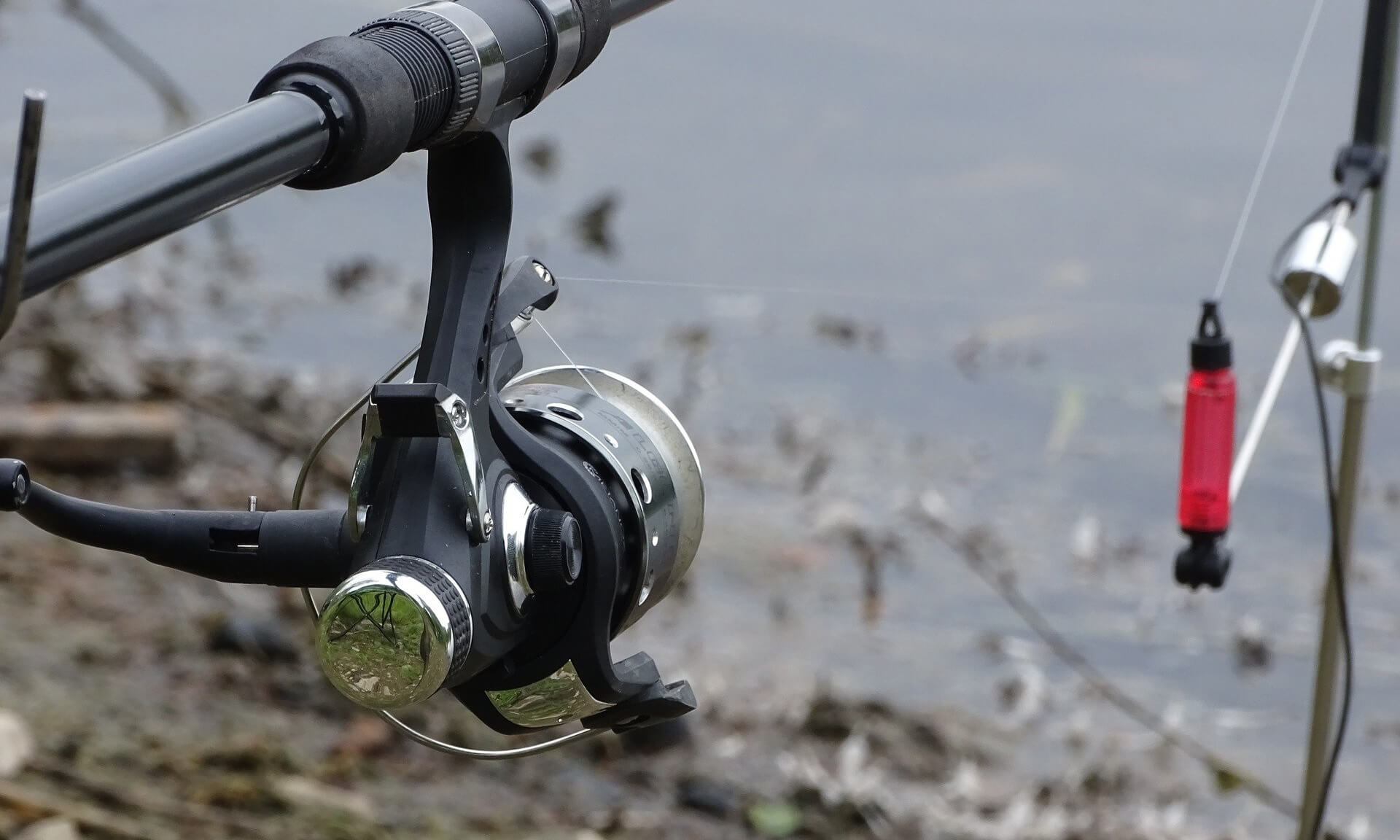
Making and installing a homemade spring
The simplest version of this type of feeder is a “dummy” – a spring that does not have an internal rod and consists solely of coils of wire. Such a spring is used to catch fish of various types, but most often it is included in the installation of the “crucian carp”. The easiest way to make a dummy with your own hands is:
- We take a copper wire designed for semi-automatic welding.
- We clamp a steel rod, with a diameter corresponding to the section of the future spring, in a screwdriver.
- Insert the tip of the wire into the screwdriver chuck next to the rod and make the first turn at low speed or manually.
- We speed up the winding and lay the wire in even turns around the rod.
- Remove the copper spring from the base and stretch it slightly with pliers.
- With pliers we cut the workpiece into springs of the required length.
- We form the ends of the spring for pulling the fishing line, squeezing the turns with pliers.
- If you wish, you can insert a piece of stiffer wire inside and bend its ends into loops.
The simplest blind mounting of this type of spring looks like this:
- We take three hooks of the desired number and put them on the leashes.
- We impose the leashes on the spring (two on top on the sides, one on the bottom).
- A piece of fishing line with a length of about 30 cm is tied to the upper coil of the spring or to the ring of the inner rod.
- If the spring is not loaded inside, we impose another similar undergrowth with a sinker of the required mass on the lower reel of the spring or the lower ring (selected depending on the intensity of the flow).
When fishing for crucian carp, an installation of 2-3 springs with additional weight is often used. It looks something like this: weight – after 2 cm swivel – dummy through the center through and through – after 5 cm from the first swivel another swivel – dummy – after 5 cm swivel. Swivels are secured with stoppers. Leashes with hooks are hung on the swivels, a loop is left at the top of the underbrush to mate with the main fishing line (or a swivel is imposed).
Installation of a purchased feeder
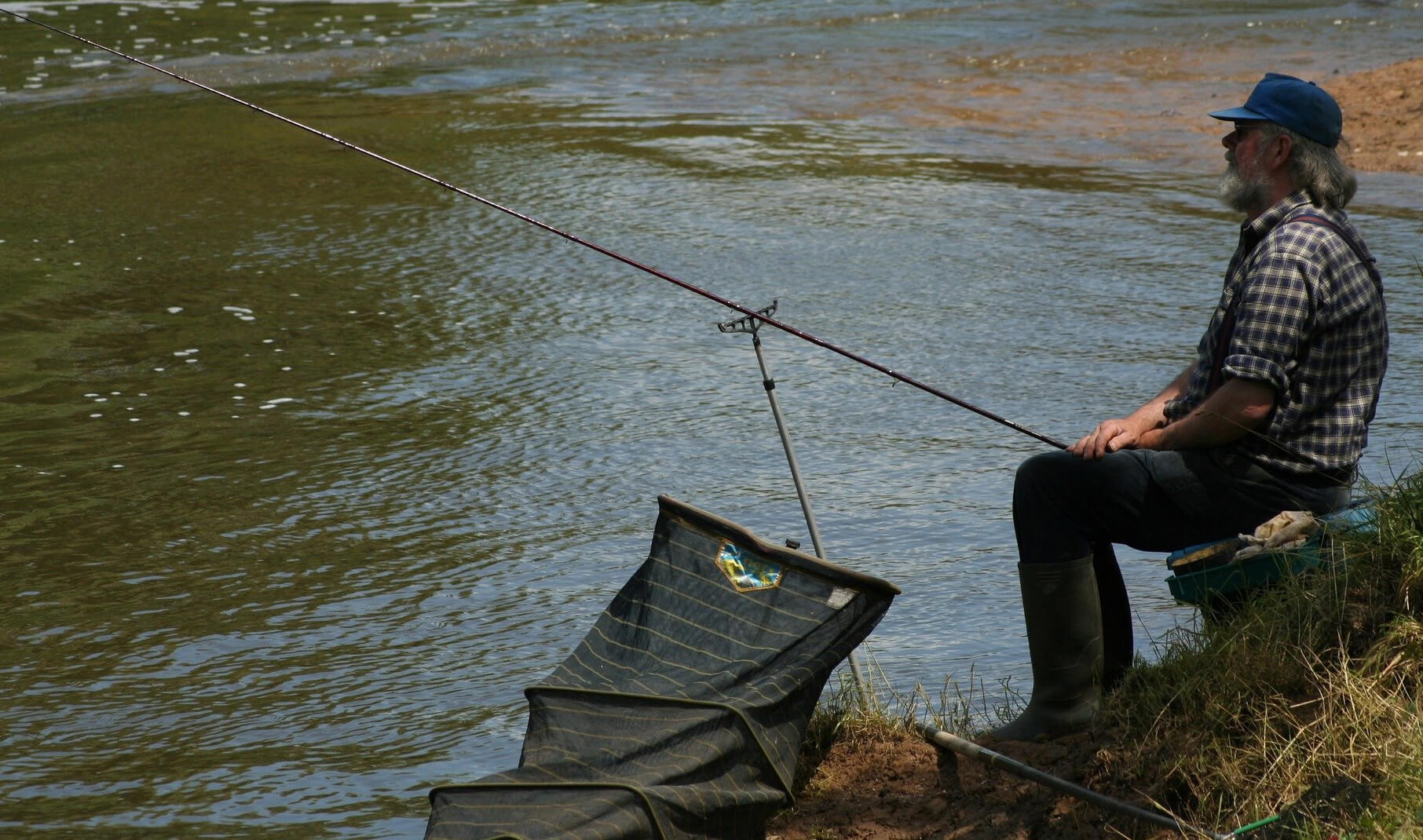
Most commercial springs have a rod-tube inside, which further expands the possibilities of the tackle. They allow for sliding mounts, which is great for catching cautious fish. By the way, sliding mounting can also be used with float equipment , for example, on a match rod. This becomes an obvious advantage: with a sliding rig, the fish self-picks up much less often, and the bite is transmitted to the float faster, which leaves the angler with time to react.
There are many options for sliding equipment. If you wish, you can save time on its creation and purchase a ready-made installation in a specialized store – there is always a choice, and a good one.
But if you want to make a rig yourself, it is advisable to start with a simple option. Consider the simplest and most common way to create a do-it-yourself installation:
- We take a piece of fishing line about half a meter long and impose a swivel on it.
- We put a stopper (rubber bead) on the thread and stretch it up to the swivel.
- We put on the spring.
- After 20 cm from the first, we attach the second stopper.
- Place another swivel behind the stopper and fix it with another rubber bead.
- At the end of the underbrush, we make a loop or impose another swivel to connect to the main line.
- We impose leashes with hooks on the swivels.
If you plan to install three hooks, instead of the first swivel, it is better to use a special trempel or a rocker for two hooks. If additional loading is provided (which is rarely used with sliding rigging), a triple swivel is used – a leash with a hook is attached to one free eyelet, and an underbrush with a sinker is attached to the second.
You can successfully catch on a spring equipped with only one leash: an increase in the number of hooks does not always contribute to the effectiveness of the tackle.
Groundbait and nozzles
The main feature of the spring is the principle of its action: it is filled with a forage mixture and “dusts in the water”, creating a cloud of turbidity, fragrant and seductive for representatives of carp breeds. The main thing in this case is not only to satisfy the taste preferences of potential prey, but also to achieve the optimal plastic-like consistency of the mixture.
As a rule, the feeder is filled with a substance with the addition of bread, all kinds of cereals (pearl barley, millet, oatmeal), special fish feed or a purchased bait composition brought to the desired consistency in accordance with the recipe indicated on the package. As a binder for homemade baits, you can use cakes or bran, in the absence of them – flour in water with the addition of sunflower oil.
The hooks are equipped with plant or animal baits according to the season. When fishing for carp and crucian carp, they often do without baits at all. The hooks are given extra buoyancy and seduction by using Styrofoam balls or bits of bacon attached to the sting. When feeding, the carp simply draws in water with a nutrient suspension, and the hook with the foam is in its mouth by itself.
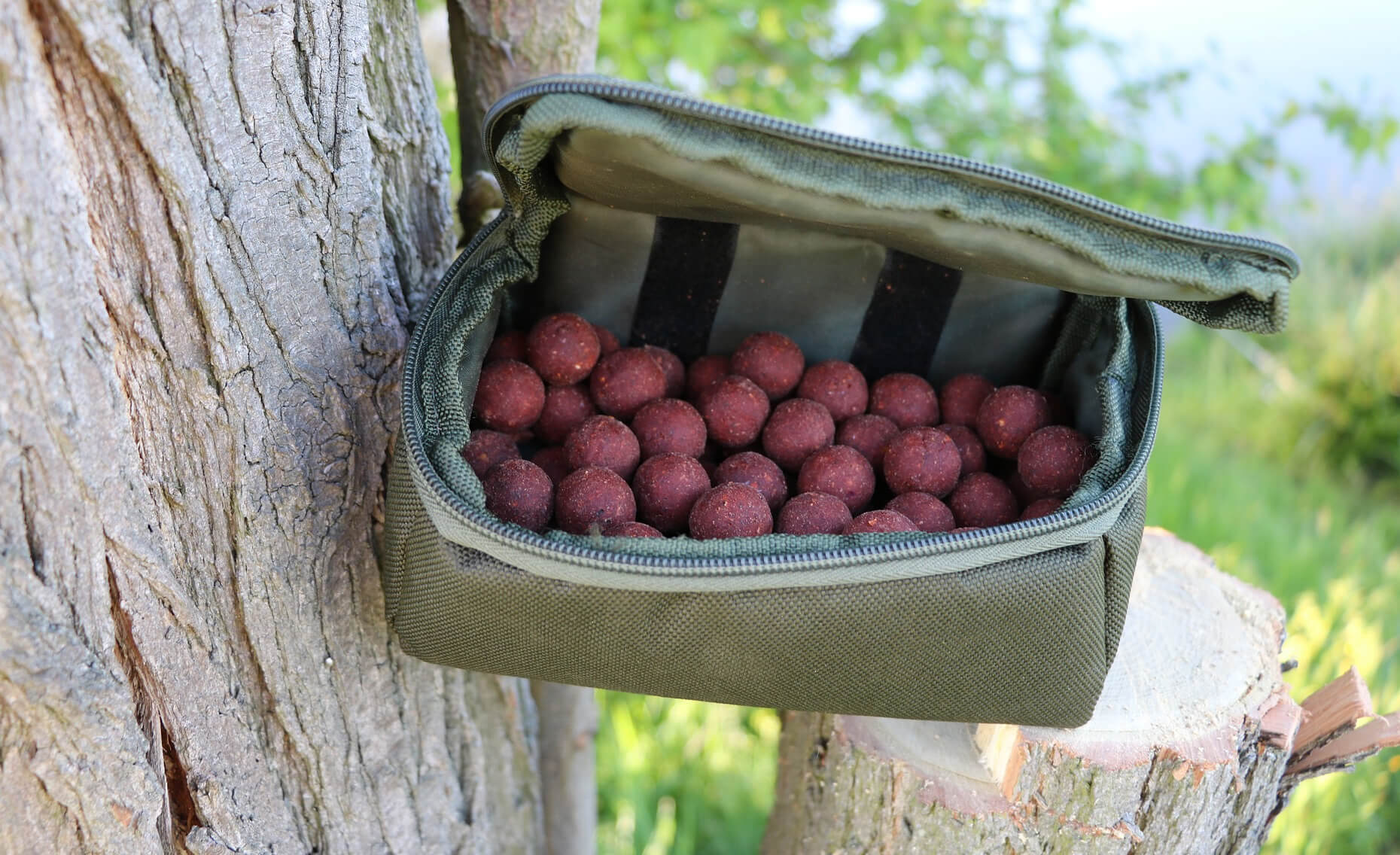
Recipes for different types of fish
It is difficult to predict in advance what the fish prefers in a particular water body at a given time of the year, however, there are general principles for preparing a feed mixture for spring fishing of various representatives of freshwater ichthyofauna:
- Carp . The favorite delicacy of carp and its wild relative of the carp is corn, which means that it is better to regale it with a mixture based on hominy. It should be absolutely uniform, and as a coarse fraction, you can add sweet canned corn or dense boiled pearl barley . You can flavor the composition with unrefined sunflower oil – this is a universal option. However, if you know the local realities, you can try to seduce the barbel with the aromas of berries, fruits, and sometimes dill and garlic.
- Bream . But bream in most reservoirs prefers peas in all forms, except for solid ones. Peas are boiled until soft, ground into a homogeneous mass and mixed with flour or semolina. You can add cake or vegetable oil to the feed mixture, additional flavorings are not particularly needed.
- Crucian carp . For crucian carp, you can prepare a mixture based on millet, which should be cooked until half cooked (grains should be separated from each other). For this, it is ideal to use a ratio of 1: 2 cereal / cold water. The mixture is prepared with the addition of chopped macuha in equal proportions with porridge.
Choice of time and place
Fishing with a spring is almost all-season – the only exception is winter. Some care should be taken in the spring when spawning restrictions come into play. At this time, on some bodies of water, fishing is completely prohibited, but more often the fishing conditions are less strictly regulated: only from the shore and on one hook. However, no one bothers to use montages with one leash at this time – they are not prohibited, and the fish are especially active before spawning.
As mentioned above, slide mounts are not designed for self-chopping, but work better on cautious fish. Deaf rig is good during periods of active eating, for example, before and after spawning. However, the activity of the fish often depends on the weather conditions : no matter how you change the equipment and complementary foods, there are practically no bites anyway.
In spring, the period of active biting falls on late morning and daylight hours, but as the water warms up, it shifts to the evening, night and morning hours. The most productive is fishing just before dawn and immediately after it – then the fish comes closer to the shore and there is no need to cast over long distances.
Carp and other representatives of the species of the same name like to graze in thickets, on dumps and curbs, along the edges of holes and in places of other bottom anomalies – that is, where the maximum amount of food brought by water is concentrated.
To determine the exact location of promising places, you can use the good old way of feeders – throwing a load with a notch direction and a gradual decrease in distance. The angler makes calculations of the time the weight falls to the bottom, repeating the procedure after a certain number of revolutions of the reel. If you have a line meter, this method is simplified, but it still looks time consuming and not very accurate. It is best to use an echo sounder – simple models are inexpensive, but they give a complete picture of the bottom relief without tedious calculations.
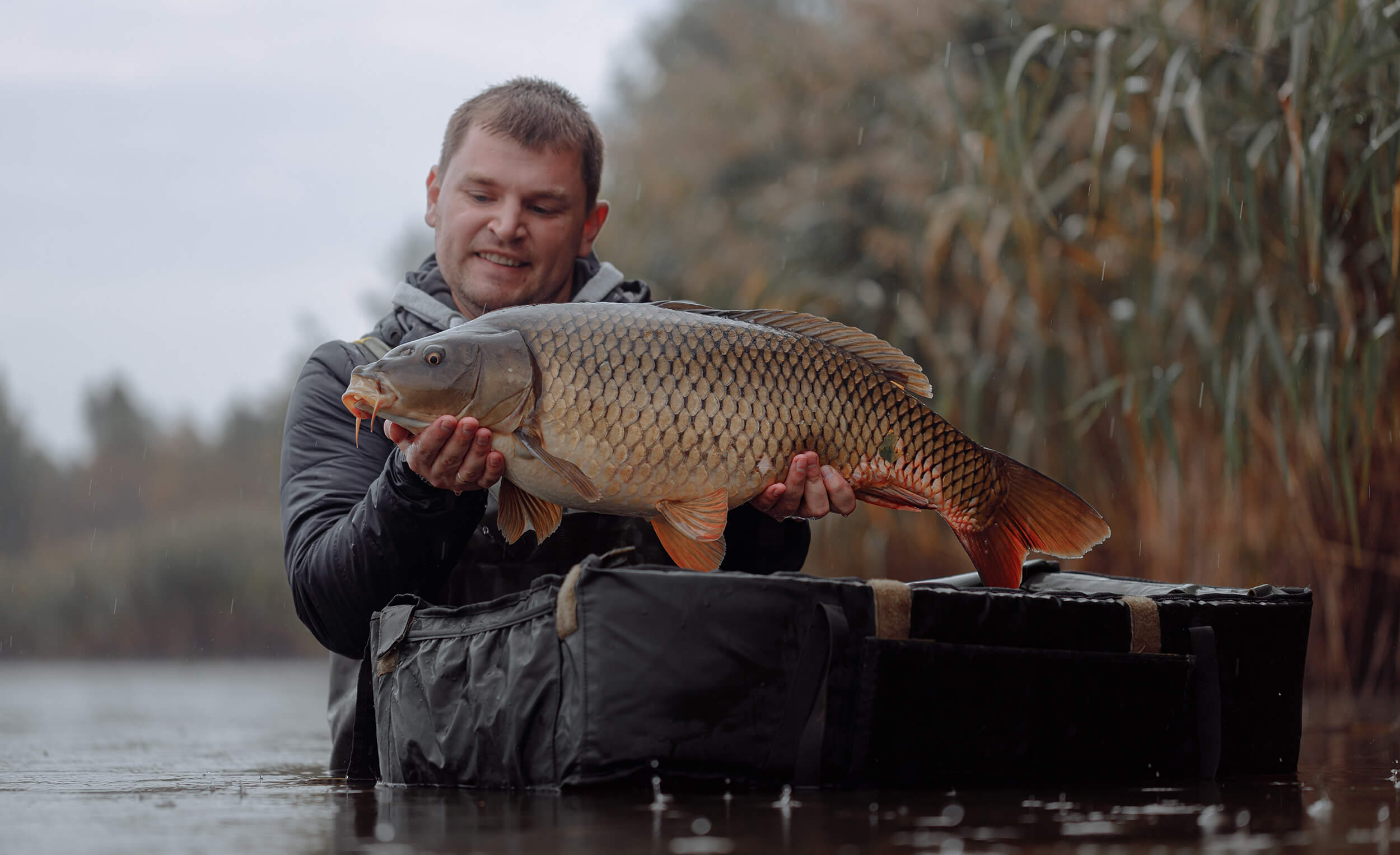
Spring catching technique
The location may look very promising, but in practice it will be difficult to fish in this square. It should be borne in mind that the spring is not suitable for use on a viscous bottom – it will simply sink in the silt. In addition, the bottom should be free of snags and vegetation. When casting over coastal thickets, you should consider a path for playing.
After determining a promising place, you can equip the feeder and throw it into the selected square. There is no special need for massive pre-feeding – the springs generate dust intensively enough to attract fish from all over the area in 10-15 minutes. But if you want, you can feed a little with the same mixture as in the trough.
Usually, the angler is in charge of several bottom fishing rods (it is better to throw them in a fan, along the promising edge). You can spread them at some distance from each other, but this will complicate maintenance, and in conditions of good bite, every minute is important.
When fishing with the flow, the feed from the spring is washed out faster, somewhere in 10-15 minutes, even with an ideal consistency. In stagnant water, the trough needs to be recharged approximately 20-30 minutes after casting. In other words, we have before us one of the most dynamic types of bottom fishing, requiring almost constant participation from the angler.
As mentioned above, blind mounting assumes self-picking of fish, so it can also be used for zakidushki installed at night. However, in this case, you need a thick line that can alert the cunning trophy fish.
If you are using sliding mounting, you should not hook the fish right after the bite: sometimes it just tastes the proposed delicacy and is ready to spit it out at the first sign of danger. You should take a short pause, confidently make a hooking and fish out the fish, making full use of the friction clutch capabilities.
Do not let it deviate far from a straight line – powerful prey can go into the thickets along with the rig. During the fight with the trophy, you need to try to lay it on its side and raise its head above the water. Swallowed air and tired fish are removed from the water using a landing net.
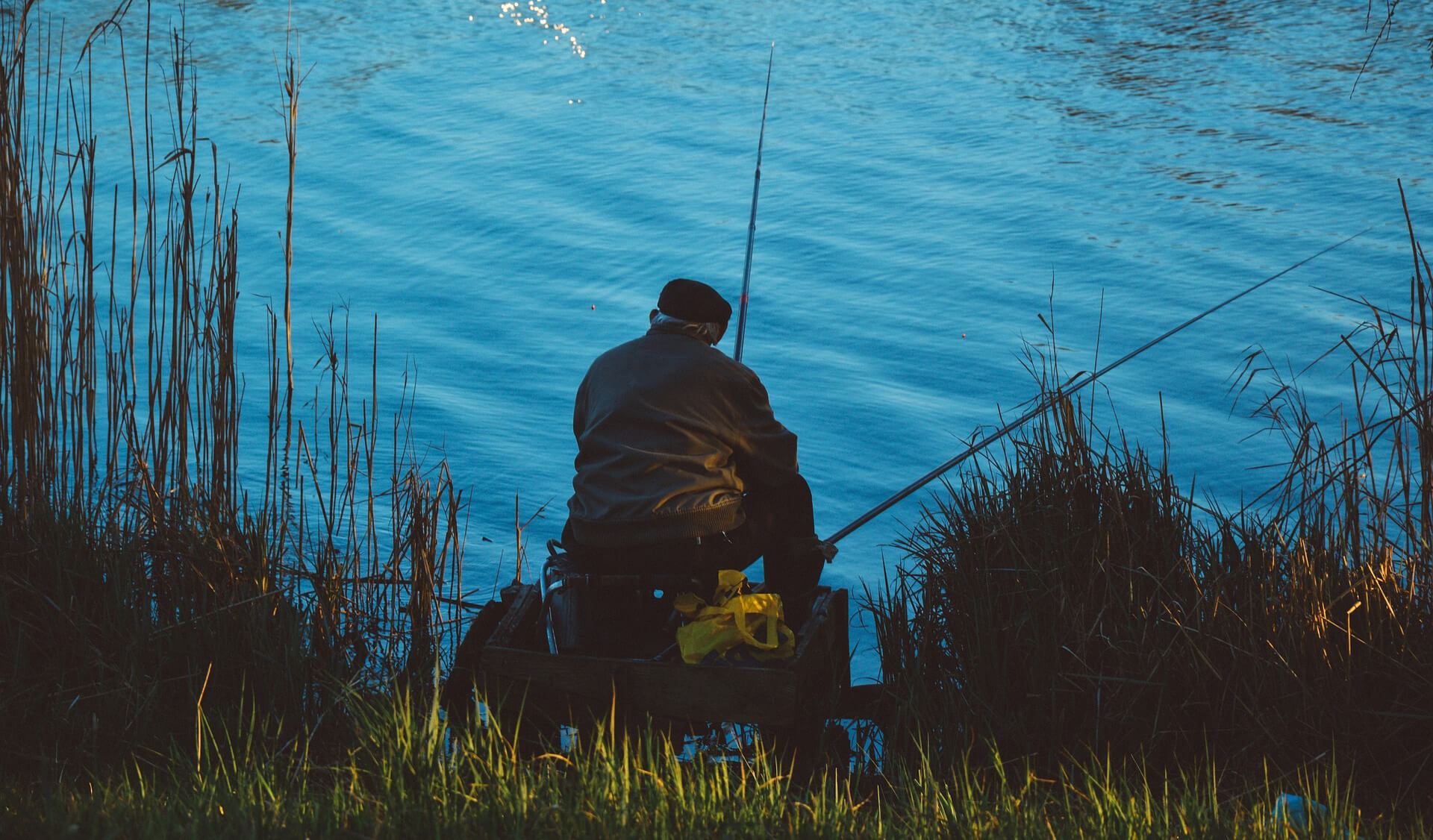
Fishing tips
If you are just learning the basics of fishing with this exciting tackle, let me give you some practical tips:
- Use a spring with tighter coils downstream. An intense flow can instantly wash out feed, even if it has a very dense consistency. In this case, “watermelons” show themselves well – in addition to dense coils, springs of this type have additional ribs.
- Experiment with weights. The feeder should not drag along the bottom under the influence of the current: catch on a spring with a load of the appropriate mass. In this case, it is good to have several weights or loaded springs in your arsenal in order to ensure a stable position of the bait on the bottom surface by picking up.
- Give preference to more sporty edits. In many cases, a single-leash hair installation is more effective than a multi-feed “harvester”.
- Make the styrofoam balls even more seductive if necessary. For example, in the fall, it is good to fix a nozzle made of a worm, maggot or bloodworm with them. The animal bait does not lie on the bottom and remains in the line of sight of the fish.
- Remember to dry your feeders after fishing. Despite the fact that the spring is the most unpretentious tackle, it also needs a little maintenance. For example, after each fishing trip, the stern should be dried and, if necessary, covered with an anti-corrosion compound.
We hope that our publication will help you understand the nuances of this fascinating type of fishing and in the near future please yourself and your loved ones with your own captured trophy carp!

![The 10 Best Fishing Hats in 2023 [Buyers Guide] 7 The 10 Best Fishing Hats in 2023 [Buyers Guide]](https://trizily.com/wp-content/uploads/2022/03/best-fishing-hats-768x768.jpg)
